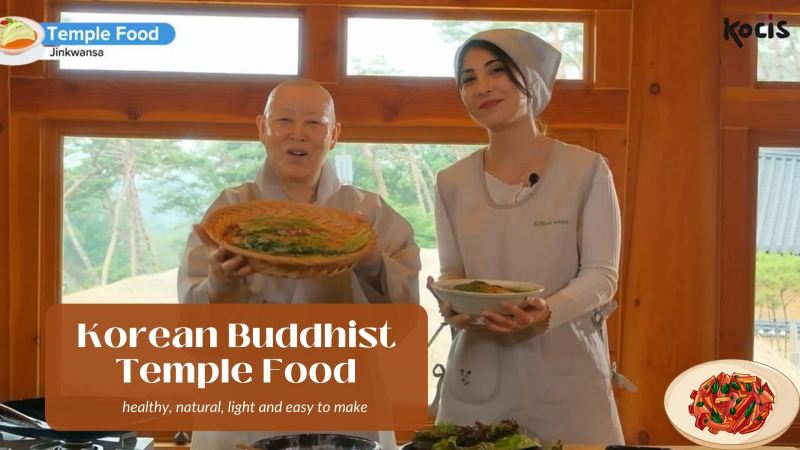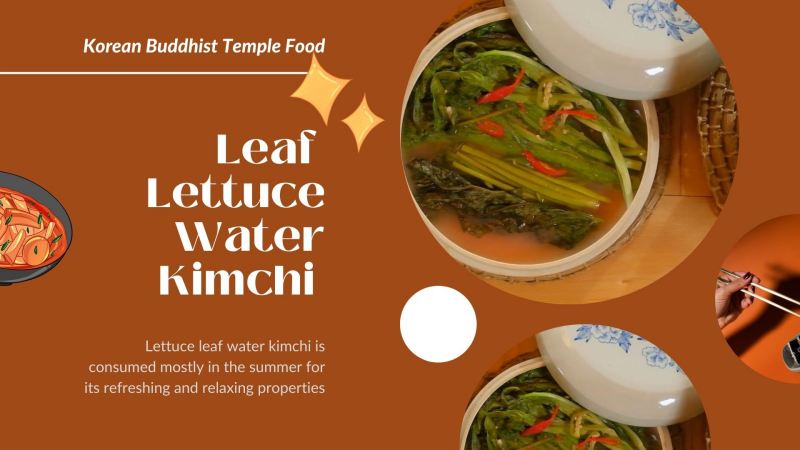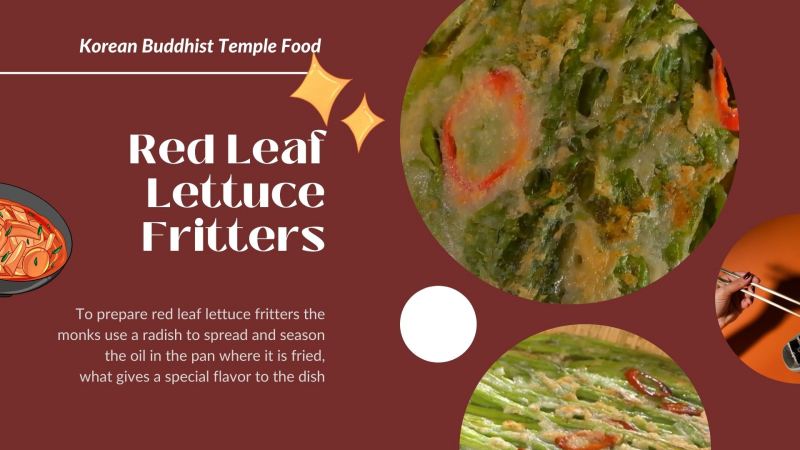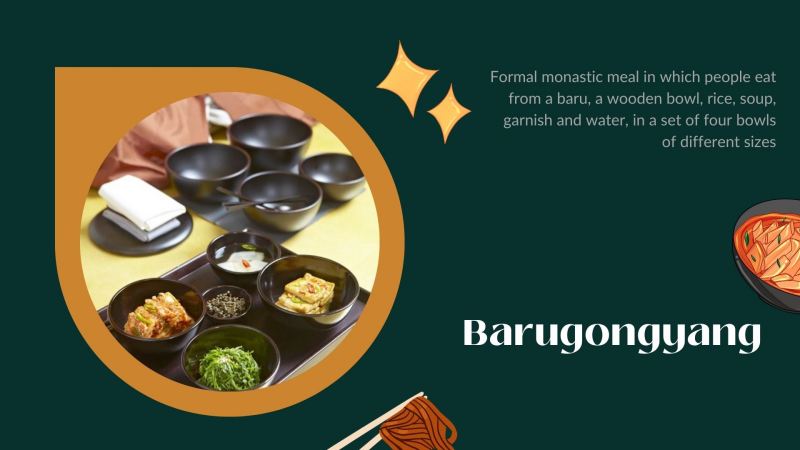- 한국어
- English
- 日本語
- 中文
- العربية
- Español
- Français
- Deutsch
- Pусский
- Tiếng Việt
- Indonesian
By Honorary Reporter Dayviana Diaz from Cuba
Photos = Dayviana Diaz, Korea.net's YouTube channel
I took my first online lesson on Korean cooking on July 2 thanks to Korea.net's YouTube channel, and the subject was Buddhist temple food.
Such food is recommended by numerous experts and academics due to its proven nutritional benefits. It was introduced to U.S. first lady Jill Biden during her visit to Korea in May.
The class is part of the 2022 K-UNESCO Adventures program on sansa, or Buddhist temples in the mountains. The venue was Jingwansa Temple in western Seoul, one of the four main temples around the capital. Along with the temple's resident chef, the Ven. Gye-ho, I had a pleasant class in which I discovered delicious natural and healthy recipes.

The Ven. Gye-ho, a monastic at Jingwansa Temple, was the teacher in the online class I took on Buddhist temple food under the program K-UNESCO Adventures.
The dishes she introduced were red leaf lettuce jeon (pancake) and lettuce leaf water kimchi. Both use a vegetable (lettuce) commonly grown by monks at temples and is highly consumed during the hot months for its medicinal and healing properties.
The first thing catching my attention was that temple food lacks meat or fish. This stems from the Buddhist prohibition on the killing of life, thus non-vegetarian ingredients are banned.
Temple food can be considered medicinal thanks to being healthy, natural and easy to make. Gye-ho calls it a meal "that permeates nature and feels like a breath of fresh air."
This is from the Buddhist philosophy that the body is made up of "the four great things" that return to the four elements after death.

Lettuce leaf water kimchi is consumed mostly in summer for its refreshing and relaxing properties.
The first dish was lettuce leaf water kimchi, a kimchi type not widely known. Lettuce-based meals are mostly eaten by monastics because they help calm the mind, reduce inflammation and stimulate bowel movements.
The ingredients are lettuce leaves, red mustard leaves and minari (water parsley). This kimchi is best eaten fresh but after two days of storage, it becomes a delicious water kimchi.

The sound of oil frying in the pan in which red lettuce jeon (pancake) is said to be similar to that of rain.
The second dish was red leaf lettuce jeon. Featuring a base of a mixture of water, flour and bamboo salt, this dish is generally eaten during the rainy season in summer because during preparation, the sound of the oil frying is similar to that of rain.
I also learned that eating at a Buddhist temple in Korea entails norms and rules of etiquette. The Ven. Sun-woo, in charge of general affairs at Jingwansa, taught in the class the formal monastic meal barugongyang, which is eaten while sitting on the floor and the plates passed in front of those at the table.
The philosophy is that the same food is to be enjoyed by everyone through the spirit of equality. Another important rule is to avoid leftovers to express thanks for the work needed to prepare the dishes and help protect nature by not contaminating the soil or water that food disposal results in.

Barugongyang is a formal monastic meal in which people eat rice in a wooden bowl and soup, side dishes and water in a set of four bowls of varying sizes.
I was also surprised by how a major ingredient of temple food is maeum (warm heart). This symbolizes how the mind is a special seasoning when cooking food.
Given my experience with the class, I would love to try these dishes at home with my family, and when I visit Seoul, I will hit Jingwansa to enjoy its natural beauty and delicious and healthy food.
enny0611@korea.kr
*This article is written by a Korea.net Honorary Reporter. Our group of Honorary Reporters are from all around the world, and they share with Korea.net their love and passion for all things Korean.